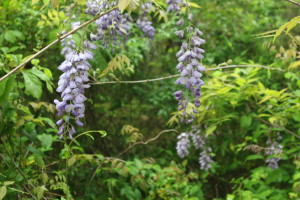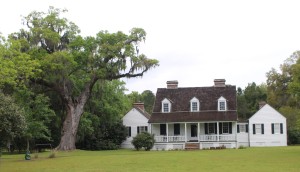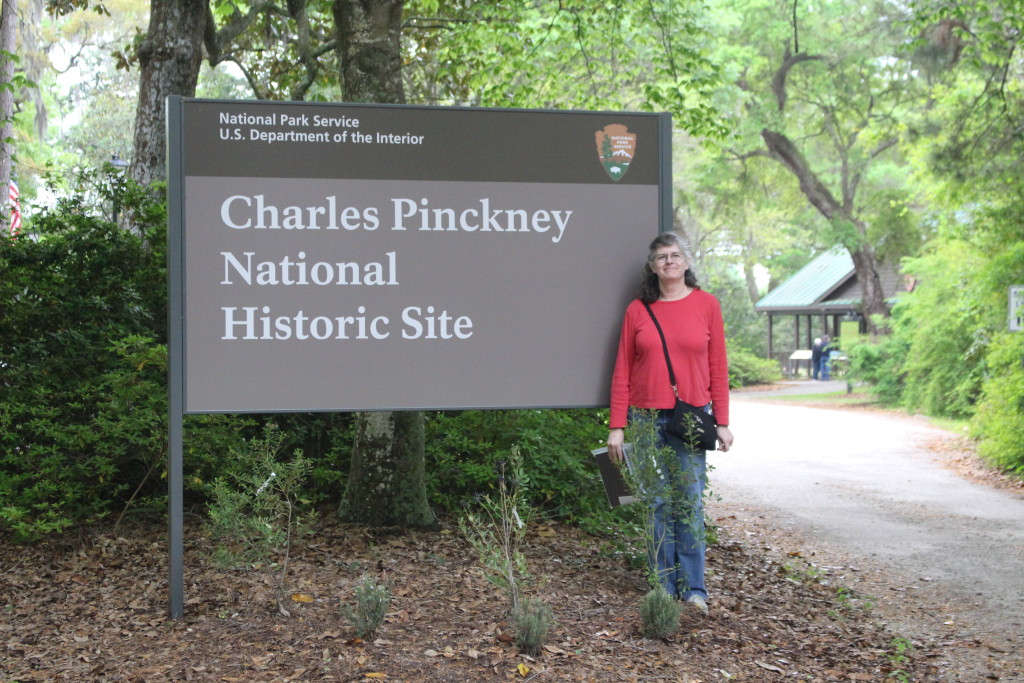The final National Park in South Carolina that we visited was Charles Pinckney National Historic Site. Never heard of Charles Pinckney? Neither had we, but I was determined we would visit every NPS site in South Carolina before we left.
Charles Pinckney National Historic Site was just a few miles from Fort Moultrie so it fit into our Charleston trip. We headed there after spending the morning and early afternoon at Fort Sumter. The site is a plantation house with 28 acres around it. Charles Pinckney was a South Carolina planter who owned seven plantations. His father had signed the oath of allegiance to King George during the Revolutionary War in order to keep his lands. But after the British lost the war, the father’s lands were confiscated. Gradually Charles and his father were able to get the properties back, but Charles was in debt for much of his life with having to pay the penalties on the land.

Charles Pinckney did not sign the oath of allegiance and supported the Patriot cause. He was a Lieutenant in the South Carolina militia and spent two years in a British prison toward the end of the war. After the war, Charles was elected to the US Congress and represented South Carolina at the Constitutional Convention in 1787. Pinckney contributed many items to the Constitution, including the 3/5 compromise (where a slave was counted as 3/5 of a white person for purposes of figuring representation to Congress).
Charles Pinckney was elected Governor of South Carolina four times, and served as Ambassador to Spain under President Jefferson. During that time he helped to facilitate the transfer of Louisiana from France to the United States. He also served in the US House of Representatives.

Snee Farm, the plantation that is the National Historic Site, was owned by Charles Pinckney and his family. The plantation house is typical of that era in South Carolina – plain and small – and was built after 1817 when the Pinckney family sold the plantation to satisfy debts. But the grounds are lovely and the museum inside the house was interesting. An hour at the site was plenty to walk the grounds and see the house.
We have now visited all the National Park sites in South Carolina. I think it is the only state where we can say that! It must be time for us to leave.

